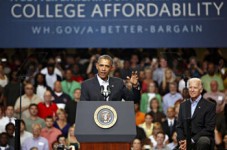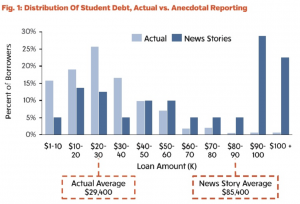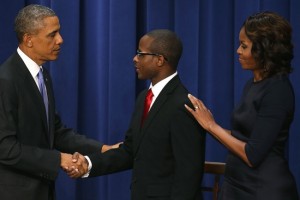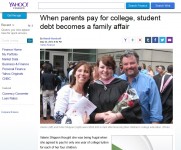The Internet and mainstream media have been abuzz the last couple of weeks with the story of a first-year student at Duke University who is financing her education by working as an actress in pornographic movies. A Google search today for the terms “duke university porn star tuition” returned 179,000 results. The story evidently surfaced when a fellow student at Duke was watching a video and recognized the woman as someone in one of his classes.
One of the questions framed in much of the media reporting was why a woman would have to resort to being a pornographic film actress to pay for college. In other words, what does this say about the state of tuition prices and financial aid if this young woman felt this was her only option to be able to afford the $60,000 plus price at Duke? As you read more into her story, which I admittedly have done, I would caution observers against drawing too many inferences from the choices she has made.
I’ve written numerous times, both in my scholarly research as well as in this blog, about the role that financial aid plays in promoting college access, particularly for students from groups that have been historically underrepresented in higher education (you can see a couple of blog posts here and here; you can find my scholarly publications and op-eds on my publications page). There is no question that choosing to act in pornographic films to fund one’s education is a novel choice; most college students who work to help fund their education choose more typical jobs, such as work-study jobs on campus or working at a coffee shop. While I am sure this young woman is not the first person to have chosen her selected path, she is apparently the one who has gotten the most publicity for doing so.
Continue reading “Pornography to pay for college?” →


 This week’s New York Times contained a piece by economics columnist Eduardo Porter titled “
This week’s New York Times contained a piece by economics columnist Eduardo Porter titled “

 I’ve
I’ve  More recently, Yahoo published a
More recently, Yahoo published a 